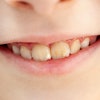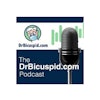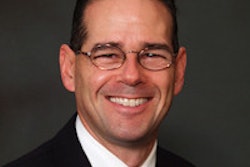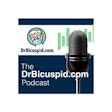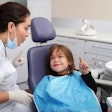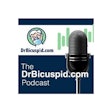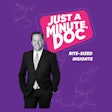
As a dental practitioner, you are taught to focus on preventive health. As your relationships with patients develop, they often become more like friendships, bonds that becomes so comfortable that patients begin to share secrets, family vacations, and recipes with you. Over time, your role tends to become part oral healthcare provider, part therapist, and part public relations agent for your office.
Your intentions are good, and you do the best job that you can with the time you have with patients in the chair. But you don't want to make your favorite patients uncomfortable and tell them what is actually going on in their mouth.
 Carrie Ibbetson, RDH.
Carrie Ibbetson, RDH.
But when you begin to learn the true implications of oral disease, you realize that you are inadvertently putting your patient at unnecessary risk for total body disease. If you are not addressing home care, you are putting your patients at risk for chronic disease.
Plenty of scientific evidence shows that bacteria found in mature plaque are a contributing factor in overall disease conditions. Yet, these bacteria can only be controlled when a patient understands how to manage their home care in a way that stops plaque from building up.
We can be the best scalers on the planet, but unless we learn to be great communicators, coaches, and trainers, we are doing a huge disservice to our patients. Sooner or later, they are bound to find out that the service provided has not helped them with their overall health, and instead may even be contributing to the disease they are now trying to manage.
This does not mean that you get to run over your patients like a steamroller and berate them for not flossing. If your patients do not want to floss, find another alternative and teach them how to use it effectively. Let them know that this tool may not be your No. 1 choice, but that you will show them how to use it. Then, you and your patient can re-evaluate the area at the next visit.
“We can be the best scalers on the planet, but unless we learn to be great communicators, coaches, and trainers, we are doing a huge disservice to our patients.”
Becoming an effective communicator takes a bit of work, but the single most effective thing that you can say to your patient is: "I'm learning new things about systemic health that I'd like to share with you. When I am looking at your mouth and I notice something that looks like it is home care-related, is it something that you would like to know about?"
The vast majority of the time patients grant permission, and that permission brings the communication barrier down from the patient's perspective. Focus on a healthy area first, and then highlight an area that is not so healthy. Correlate the buildup in that area and then show them (in their mouth) what tool will help. Open that tool and use it in their mouth with them so that they see and feel it.
Focus on only one skill at each visit, and praise patients for what they are doing right. They will become engaged and will be excited to show you next time what they have been focusing on.
Never tell them that they are doing a great job and leave it at that. Give them something to strive for and not a reason to be complacent.
Effective home care isn't rocket science, but it is technique-sensitive. Every patient deserves the right to know how to be healthy, and how to use their tools correctly. It is our job to help patients understand how they can be effective at home and to communicate it in a way that empowers them into a healthier situation.
Carrie Ibbetson is a registered dental hygienist and oral health coach in Southern California. She founded and runs the sites NaturalGumption.com and OralHealthCoaching.com, and has been featured on Lifehack.org and KIWI.com. For more information about Ms. Ibbetson and Natural Gumption, please visit her sites.

